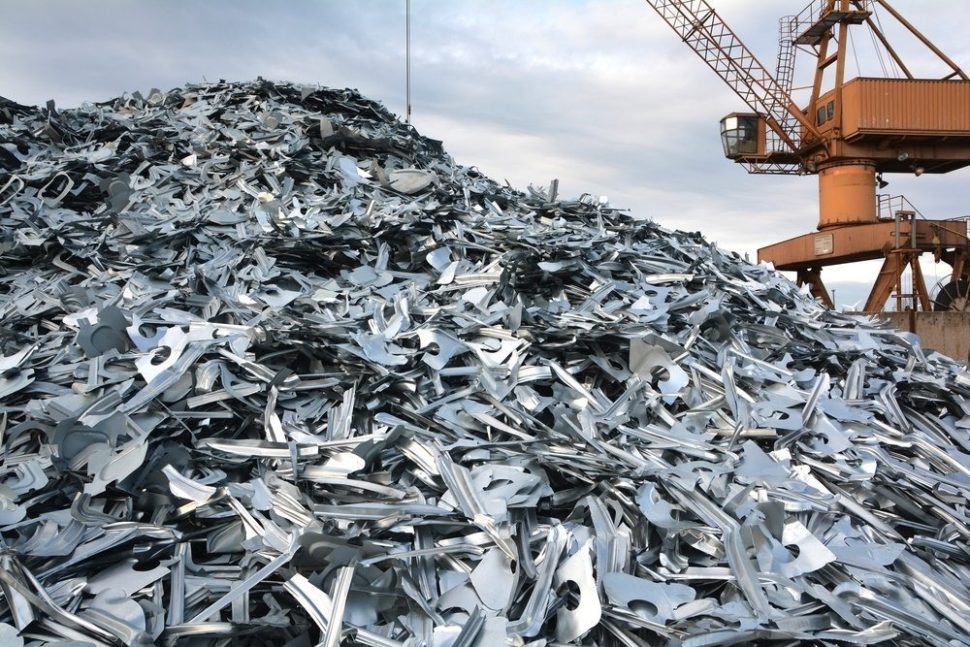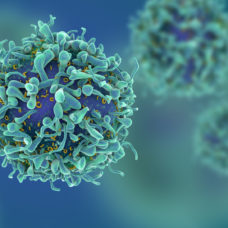From our Editor: Thank you, Reddit visitors! We are a brand new blog commited to cover stories that interest you. Your help by clicking the social share buttons is incredibly appreciated. This is your blog, contact us at hello@edgylabs.com. We are hard at work to make it the best site we can.
Given the steady growth of renewable energy sources, Ray Kurzweil has predicted that solar energy could be the number one energy source within a decade. Despite its likelihood, the biggest impediment to solar dominance is the ability to efficiently store the energy collected.
In order to solve the storage issue, researchers at Vanderbilt University suggest using scrap metal.
“Imagine that the tons of metal waste discarded every year could be used to provide energy storage for the renewable energy grid of the future,” says Vanderbilt University assistant professor Cary Pint, “instead of becoming a burden for waste processing plants and the environment.”
Faced with millions of tons of annual brass and steel waste, the Vanderbilt researchers began exploring different ways to best utilize those materials in order to develop a viable battery to store renewable energies.
The team drew inspiration from the “Baghdad Battery,” a controversial discovery of ancient metals inside a clay pot found with traces of electrolytes. While most experts assert that the pot and metal rods were used to store sacred scrolls, the Vanderbilt students used it as a model for a simple, elegant battery.
How Does it Work?
The team of mechanical engineers “Vanderbuilt” the first steel-brass battery capable of storing as much energy as a conventional lead-acid battery.
More than its comparable capacity for storage, the charge and discharge rates for the junkyard battery were equivalent to the those of the latest, most state-of-the-art supercapacitors.
The secret to these impressive specifications is anodization, or a chemical treatment that gives aluminum its sturdy, polished finish.
Scrap steel and brass were anodized using readily available, common household chemicals. Then, the anodized metals were given an electrical current. The researchers discovered that the metal surfaces were restructured into nano-sized networks of metal oxides that, when allowed to react with a liquid electrolyte, could store and release energy efficiently.
“The scrap metal battery is not only energy dense but also delivers power at supercapacitor speeds.”
Scrap steel and brass were anodized using readily available, common household chemicals. Then, the anodized metals were given an electrical current.
The researchers discovered that the metal surfaces were restructured into nano-sized networks of metal oxides that, when allowed to react with a liquid electrolyte, could store and release energy efficiently.
Like the discovery itself, the superior performance of the battery was unexpected: the metal oxides were also responsible for they battery’s stability, allowing the design to withstand more than 5000 charging cycles while retaining more than 90 percent of its original capacity.
Power up!
Most conventional batteries require a tradeoff between capacity and charging speed.
The new scrap metal battery, on the other hand, is not only energy dense but also capable of delivering power quickly at supercapacitor speeds. These two characteristics could potentially make steel-brass batteries the most efficient form of energy storage on the market.
Market demand is surely there, and with this proof of concept, the team is now tasked with is creating a startup, a commercially viable prototype and locating investment opportunities to help bring their impressive yet simple design to market.
The junkyard battery not only potentially solves the problem of efficient energy storage, but also creates a solution that promotes circular economies to more efficiently leverage waste.









Comments (0)
Most Recent